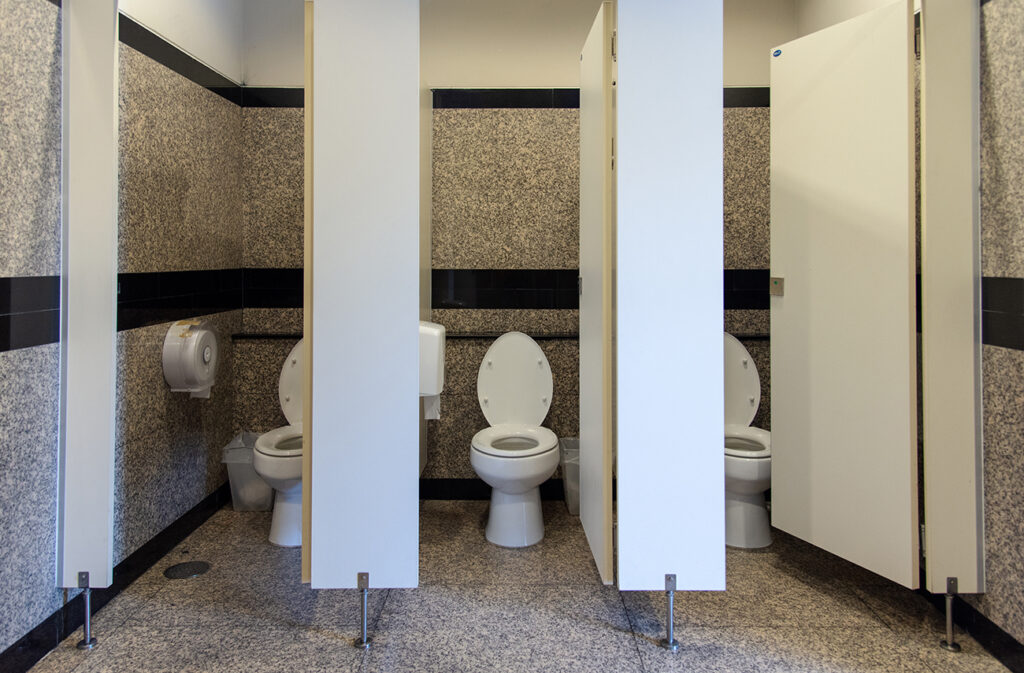Deferred simply means to push off or postpone. The term does not seem like a terrible word until you add maintenance to it. Then it is the beginning of a horror story for most facility managers. Deferred maintenance can be detrimental to your operations, budget, and even your staff. In this blog, we cover why we choose to defer sometimes and the effects it can have if you defer too often or long.
Why do we defer?
While there can be various reasons to defer maintenance on your assets, we compiled 3 of the main reasons you may start or add to your DML or deferred maintenance list.
Not in the Budget
Staying within or under budget is always the goal, right? However, sometimes you can’t account for the unexpected. Unexpected breakdowns and or expensive repairs can occur at a moment’s notice hurting your bottom line. It’s, also, not uncommon for other items to be prioritized over another. Nonetheless, holding off on even minor things can add up to demolishing your future budget. That crack in your parking lot will continue to spread and potentially splinter.
While we believe deferring maintenance can save your budget, it may actually cause more damage. According to research completed by Rick Biedenweg, president of Pacific Partners Consulting Group: “Every $1 deferred in maintenance costs $4 of capital renewal needs in the future.”
Preventative Maintenance is Lacking
Preventative maintenance may seem silly or that it could be spread out just a bit more to save a couple of hundred dollars, it usually isn’t worth it in the end. It’s designed to assist you in staying ahead of maintenance and ensures your assets stay efficient. Part of your PM is to inspect your equipment for worn-out parts or issues that may arise. Failing to do so is setting yourself up for unexpected work orders, phone calls, and costly downtime.
Out of Your Wheel House or Lack of Tools
Sometimes you hold off due to not having the proper tools, parts, or knowledgeable people on your team to complete the project. It’s not uncommon to wait due to a part coming in, but when you’re waiting weeks and months to order a part you leave your assets at risk of failure.
The Risks of Deferred Maintenance
Since we discussed why you may be adding items to your deferred maintenance backlog, let’s talk about the risks in doing so. Some of the effects on your business are obvious while others may not be as much.
- Health and Safety Hazards
- System Failure and Decrease Productivity
- Decrease in Employee Morale
- Costly Emergency Repairs
- Out of Compliance
- Reduce Efficiency and Causing Poor Building Quality
- Shorten Assets’ Life
Next Steps
Now it’s time to break the habit. The cycle of deferring maintenance needs to be broken to ensure your business runs smoothly and you don’t run the risk of having an overabundance of downtime. We recommend conducting an audit.
Step 1. Logging Maintenance Activity
Begin by logging all maintenance activities. This includes ones that have been completed and ones that still are not. This gives you a clear view of what needs to be accomplished and schedule it accordingly. You can organize by due dates, assets, or even estimated costs.
Step 2. Analyze and Prepare a Preventative Maintenance Schedule
It’s critical to plan ahead whenever possible to help lessen downtime. Analyzing your maintenance log and creating a strong PM schedule will assist in assuring your DM list doesn’t get out of hand.
Step 3. Put it to Practice.
Once you completed a log and analyzed your current PM schedule. Now it’s time to create a workflow and put it to practice. Test your workflow and tweak where necessary to ensure it suits your facility’s needs.
In Conclusion
Here, at SLM Facility Solutions, we understand that you have budgets to keep in order and assets to manage. That’s why we are your one company, one call for your facility maintenance needs. We have a nationwide, strategic partner or vendor database to assist you with your HVAC, refrigeration, electrical, grease trap, or waste management needs.
You assist your customers all day. Allow us to help you prioritize your deferred maintenance list and knock it out. Contact us to discuss your deferred maintenance list and let us help you prioritize and knock it out.



